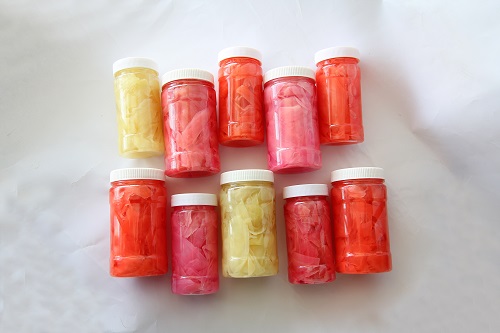According to the Chinese Red Cross statistics, the number of unnatural deaths each year over eight million, which for medical accident death some 40 million people (including death due to drug). Among them, the cases caused by human factors such as fatigue, misjudgment, and operational errors account for the vast majority. Don't think that this is irresponsible for medical staff. Let's feel the average work intensity of doctors. 69.2% of doctors work more than 50 hours per week, and 59.7% of doctors need to see more than 30 patients every half day. In this case, it is almost impossible to ensure that the spirit is highly concentrated every minute and every hour within 8 hours of work. Some people have previously imagined that if we have intelligent medical information solutions that integrate smart glasses such as Google, Epson, Realmax or meta, these mistakes or omissions will be fundamentally improved. Imagine that medical staff use smart glasses to track patient information at work, and handing over smart glasses in the morning will guide you through all patient information updates to prevent delays in important illness changes or medical orders; connect with other devices, in critical situations In case (such as cardiac arrest), you can directly red alarm. All of these will greatly reduce medical accidents caused by staff turnover. Let's look at a few cases. In December 2015, doctors from the Nicklaus Children's Hospital in Minnesota used a Google Cardboard for a cardiopulmonary bypass surgery to save a four-month-old life. On January 20th, 2016, Realmax demonstrated the case of gynecological surgery and arm fracture surgery in Shanghai... With the development of AR technology, those illusions are being realized. According to the latest statistics of AR in China, there are more than 200 companies engaged in AR application development in China, 80% of which tend to have developed game applications, and the rest are biased towards lifestyle applications such as film and television and shopping. The application focused on the field of health care, based on public information, is estimated to be no more than 10 at present. Overseas, according to the comprehensive data query of CBInsights, CrunchBase, AngelList website, there are currently about 30 startups focusing on AR medical applications. Nine of the startups were financed, with a total financing of $552 million and a 30% investment rate. The application of AR in the field of health care is still in the blue ocean exploration period. The more mature AR medical application is about vascular lighting, which helps medical staff to view hidden blood vessels during surgery through PC application software. Previously, cardiologists used Google Glass to unblock a right coronary artery that was blocked by a 49-year-old male patient. Coronary artery imaging (CTA) and three-dimensional data are presented on the display of smart glasses, and based on these real-time magnified images, the doctor can conveniently direct blood to the artery. Unlike traditional surgery, AR intervention is like an “AR magnifying glass†that directly enlarges the surgical wound. The patient's color ultrasound, MRI, CT images, etc. will be directly reflected in the surgical site, allowing the doctor to see subtle conditions that are difficult to distinguish with the naked eye. The “perspective†function greatly improves the efficiency and comfort of the surgical operation. The second is medical device marketing visualization. Hologic, a company dedicated to the development of imaging systems and diagnostic testing products for women's health, developed an application called Hologic Augmented Reality app, which allows target users to have an intuitive visual experience before purchasing equipment. Real-time interaction. In addition, Hologic's sales staff can bring this 3D augmented reality device clinical application to users at any time and anywhere to show how medical devices fit into existing settings. Of course, in addition to AR, the VR technology that caused the first wave of enthusiasm is also shining on medical care.
Sushi ginger: Established in 2005,the agricultural product deep processing department covers an area of 230 acres, based on the Japanese sushi series, the domestic traditional Pickled Garlic, cucumber and radish series deep processing, to create a multi-variety international professional cuisine manufacturer. After years of development, it has successfully achieved an average annual export more than 10,000 tons, and has become leading company in export of pickled products. The company introduces advanced equipment such as slicers and X-ray foreign body detectors from Japan, with an annual production capacity of more than 30,000 tons, which fully meets needs of different customers for quality and delivery time. The pickled products have obtained HACCP, HALAL, BRC, Kosher and other international mainstream certifications. They are exported to more than 100 countries and regions such as Japan, the United States, and the European Union etc. ,and has been widely welcomed by domestic and foreign markets.
Pickled Ginger Vegetables,Pickled Garlic Vegetables,Pickled Radish Vegetables,Pickled Cucumber Vegetables Laiwu Manhing Vegetables Fruits Corporation , https://www.manhingfood.com




When technology hits traditional medicine: What changes can be made with AR/VR?
